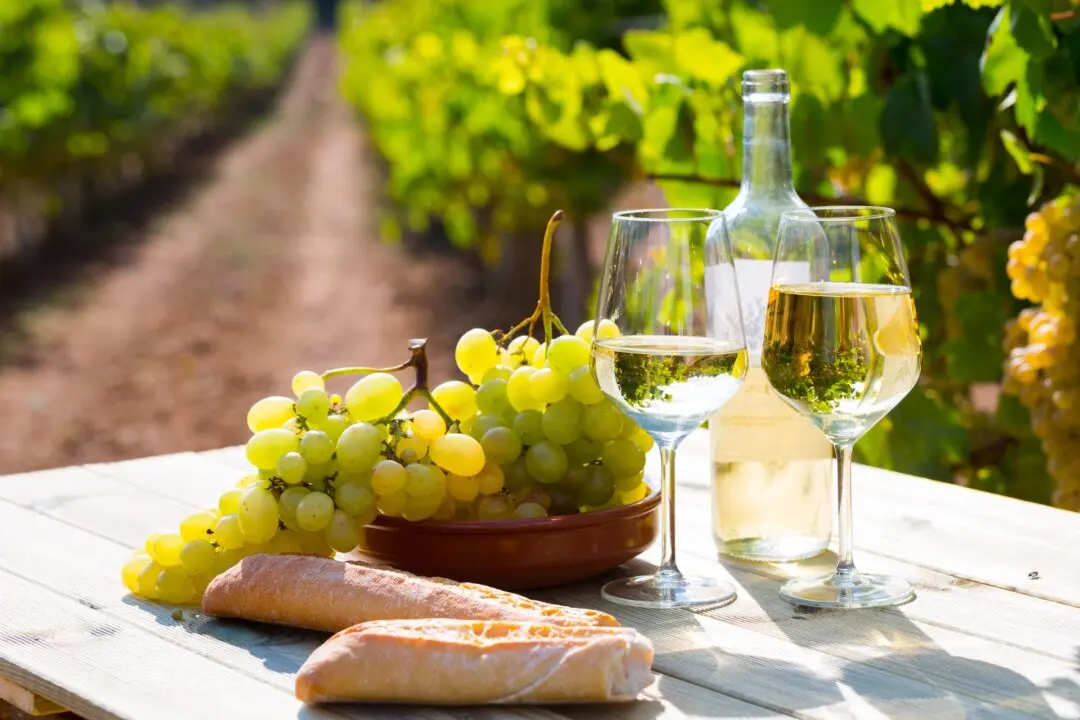One reason Italians developed dozens of types of pasta was an appreciation for diversity. Americans, by and large, love spaghetti and little else, but visit Italy and you'll find many different kinds of pasta because there are different kinds of sauces that seem to go best with each one.
Real wine lovers also love diversity, which is one reason we are beginning to hear of Glera, Bastardo, Favorita, Lagrein, Blaufrankisch, and dozens more. Each makes a different kind of wine, and although many are relatively obscure, they do have their supporters.





